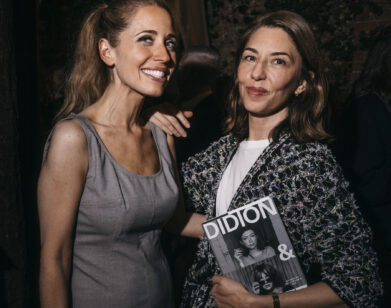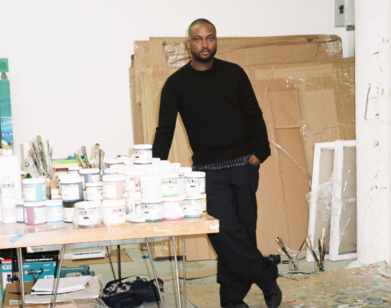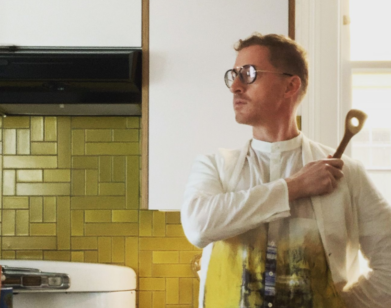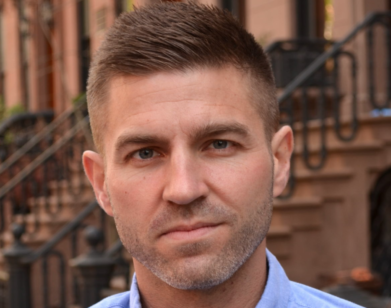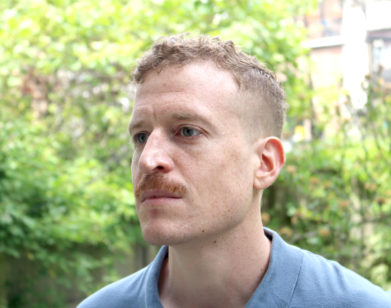books!
The Novelist Mona Awad Pushes Shakespeare off the Stage
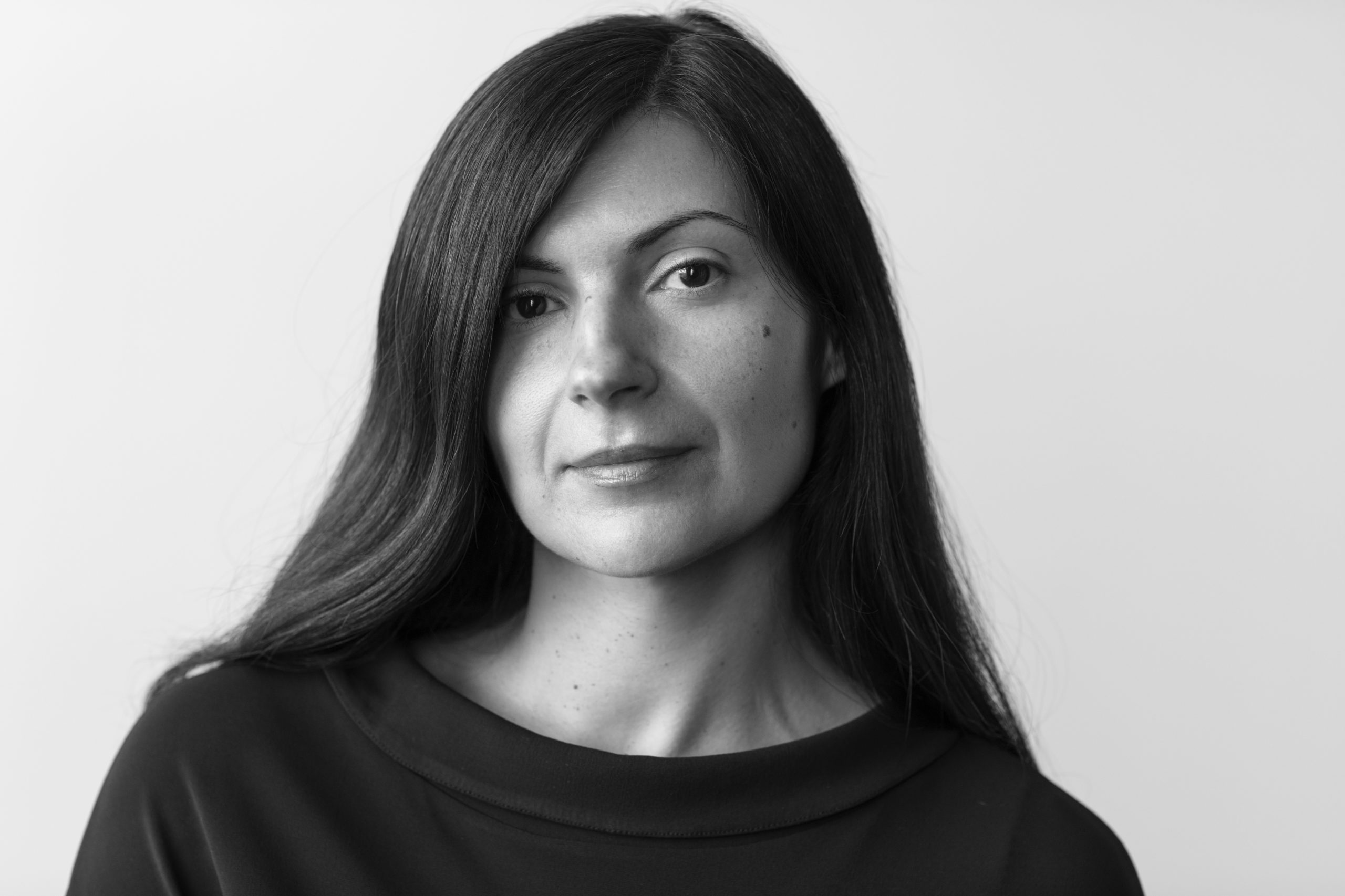
Is it tragedy or is it comedy? Actually, it’s both. Shakespeare’s unorthodox comedy All’s Well That Ends Well is considered one of the Bard’s “problem plays.” In it, an orphan girl named Helen, hopelessly infatuated with a handsome, disinterested count, proceeds to trick, swindle, and magically faith-heal her way into his heart. The “problem” with the play is that it’s so difficult to pledge allegiance to Helen as hero or villain, long-suffering victim or neurotic obsessive stalker. Helen is either trampled under fortune’s wheel, or the one rolling it over everyone who comes in her path. And yet, as Mona Awad proves in her dazzling, hilarious, wildly terrifying, virtuoso new novel, All’s Well, the paradoxes and incongruities of Shakespeare’s lesser-loved play makes an ideal springboard for contemporary fiction. Awad is a maestro at conjuring the feverish, calamitous voice of her protagonist, Miranda Fitch, a former stage actress and now broken-hearted, broken-bodied theater director at a small New England college. Against the express wishes of her undergraduate troupe who want nothing more than to stage Macbeth, Miranda, barely able to stand from chronic back pain and reeling from the implosion of her marriage, is determined to put on the best All’s Well That Ends Well the world has ever seen. What results is a volatile tale of tragedy and comedy, deep despair and giddy mania, as if Ophelia and Lady Macbeth were swirled in a blender. A less talented writer would have given us a Miranda we could pity and cheer. But Awad is such a risk-taker, and so sure-footed with her narrative leaps and flights, that we willingly take the ride as our heroine descends—or does she ascend?—into a fearsome, monstrous, nearly incandescent state of being. Awad, who is based in Boston, talks below about her late love of Shakespeare, the fun of villainy, and listening to Macbeth on repeat.
———
CHRISTOPHER BOLLEN: This is your second novel set on a university campus. What is it about college that appeals to you as a writer?
MONA AWAD: Well, I’ve spent a lot of time on them, first as a student, and now as teacher [Awad teaches at Syracuse University]. The campus is something of a microcosm for the world. There’s so many interesting power dynamics going on. As a student, I understood it one way. But as a teacher, I understand it differently. I was interested in the kind of powerlessness and helplessness that you can feel as a teacher. You don’t realize until you’re on the other side of the desk that the teacher isn’t the one holding all the power. Young people are more powerful than they even know. And then I was just interested in the cliques and power dynamics that goes on in a theater program.
BOLLEN: Theater people tend to be an insulated community. I’m guessing from reading All’s Well that you’re something of a Shakespeare scholar.
AWAD: Oh God. Not at all. I came to Shakespeare very, very late. I was introduced to the plays in high school. And I still remember doing Macbeth’s soliloquy, is this a dagger which I see before me?, that I performed for my 11th grade class. But I didn’t study Shakespeare in undergrad at all. It wasn’t until I was doing a PhD in creative writing that I took a Shakespeare class. I read All’s Well That Ends Well, and I just got so worked up about the main character, Helen. She was so fascinating because you could read her as a villain or as a heroine. I saw her as a villain. I saw her as crafty and so entitled, so single minded and so manipulative, so hell bent on this guy who doesn’t even like her. She turns the whole world of the play upside down, just so that she can have this guy who doesn’t want her. I was so fascinated by the sympathy that my peers seemed to have for her, which I didn’t have. That’s when I started looking more closely at some of the other plays, and saw that Shakespeare is interested in these really complicated heroes who can be monstrous. I saw a parallel between Helen and Macbeth, and that’s what made me want to write the book.
BOLLEN: I took a lot of Shakespeare in college, and I don’t think we ever read All’s Well That Ends Well. It’s one of his “problem plays.” I’m not sure I’ve ever seen it performed.
AWAD: It’s super unpopular. The heroine isn’t particularly likable. My visceral reaction to her is not unique. There are a lot of people who are very conflicted by Helen—she’s a strange one. And she’s so drawn to this man. The attraction that she has is unique to Shakespeare’s comedic heroines, almost masculine. She’s not somebody that people easily root for, which drew me to her even more. She’s polarizing. You can see her as this conniving wench, or you can see her as this poor orphan who is just trying to survive in this world where she has no power. And then she claims this incredible agency.
BOLLEN: In a terrible twist of fate, I hurt my back right before I started reading your book. Your protagonist suffering debilitating back pain. How did this awful affliction work its way into her character?
AWAD: I had struggled with chronic pain for a number of years, and it was always something that I wanted to explore in fiction—what it’s like to live with a very invisible pain, pain that you can’t point to. There’s no visible evidence of it, and yet it really impacts your daily life severely. So that was always in the back of my mind. And there was something about Helen that lent itself to that kind of condition. She’s so powerless, so I thought, oh, I’ll make the director of this play the person who’s struggling with pain and who is just so fixated on conceiving of this play, All’s Well That Ends Well. She desperately wants to stage this play with this bizarrely magical, happy ending, where everybody is okay.
BOLLEN: You have some wonderful sadomasochistic scenes where Miranda goes to different back specialists and physical therapists, and none of them can do her a bit of good. And you do start to take the therapist’s side, is her pain psychosomatic? Is it all in her head? Which is the cruelest response to have to someone who is really suffering.
AWAD: I wondered it all the time. When you go through those treatments, there’s always that conclusion in their back pocket. There’s this progress narrative of, you go through this course of physical therapy and by the end of six to eight weeks, you are in a better place. But it usually doesn’t work like that unless it’s a very, very straightforward case and most people are not textbook. So the physical therapists start drawing upon the idea that pain is in the brain. That’s when it starts to get really scary, because then you just think, well, okay, if it’s about faith and the brain, then what is this? Is this even real? I don’t know anymore. I don’t trust myself anymore because this is very physically real to me. It’s a very difficult position to be in as a patient. But I had a lot of fun writing those scenes because I know that world of physical therapy so very well.
BOLLEN: You’re an expert at really summoning the inner voice of a character who goes mad over the course of the book. She’s not a static character. She’s unraveling page by page. How did you achieve that steady pitch of escalating madness?
AWAD: It came pretty easily. I felt like I knew who she was. But what really helped get into those psychic spaces she inhabits, first with suffering, and later with her strange manic joy, was listening to Macbeth constantly. Alan Cumming does this incredible one-man Macbeth that you can listen to on audio. The syntax and the rhythm of the soliloquies and the language really helped me with Miranda because I definitely wanted to draw upon that language. There’s so much strange energy in a Macbeth soliloquy. They’re so conflicted, giddy one moment, and very rational the next. I really wanted to draw from that kind of energy to create Miranda.
BOLLEN: So, in a sense, the book has as much Macbeth in its core as All’s Well That Ends Well.
AWAD: I had the comedy she was directing on stage, and I had her living Macbeth off stage. So I had two plays that I was working with. The most exciting thing about working with Miranda was that she was drawn from Helen and Macbeth. She is both the hero and the villain of her own story. And I knew the moment when she started going into the direction of villain, anything became possible. She became a character who was capable of anything. And that was really, it was scary, but it was also, that was so much fun.
BOLLEN: Shakespeare’s villains are to me always more exciting than his virtuous heroes. In my mind, Iago is so much more complicated and fascinating than Othello.
AWAD: I never want to deprive a protagonist of their humanity. But I do love villainy, and I think that’s why I love Shakespeare so much and why I fell in love with the plays. Even when his characters commit such reprehensible acts on stage, he never really compromises their humanity. You have to reckon with that as an audience member. You have to reckon with the fact that you’re still dealing with a human being who has done these terrible things. And I really wanted to go there with Miranda.
BOLLEN: Were there any other Shakespeare characters that you drew on?
AWAD: One character who I always come back to is Richard III. I love how Richard can be played as a charismatic kind of clown and can really win the audience over at the start of the play. He’s so easy to love, but there is a line at one point in the play where he just goes too far. And because the audience loved him up until that point, they’re suddenly complicit. It’s such a strange moment as an audience member, as a reader, to suddenly watch this person that you’ve been charmed into loving go too far.

